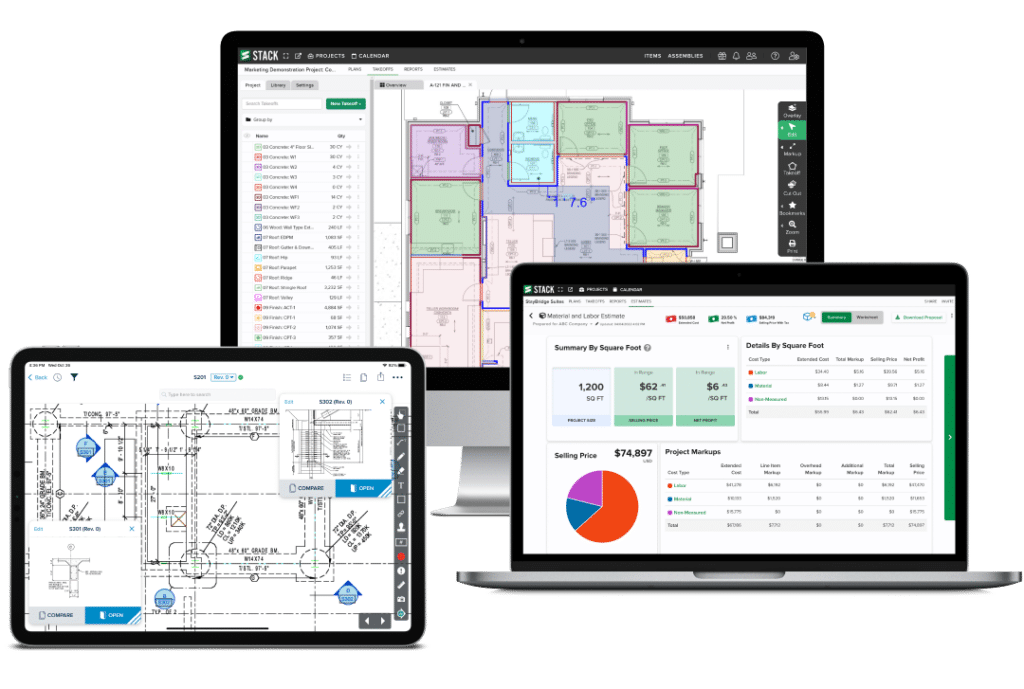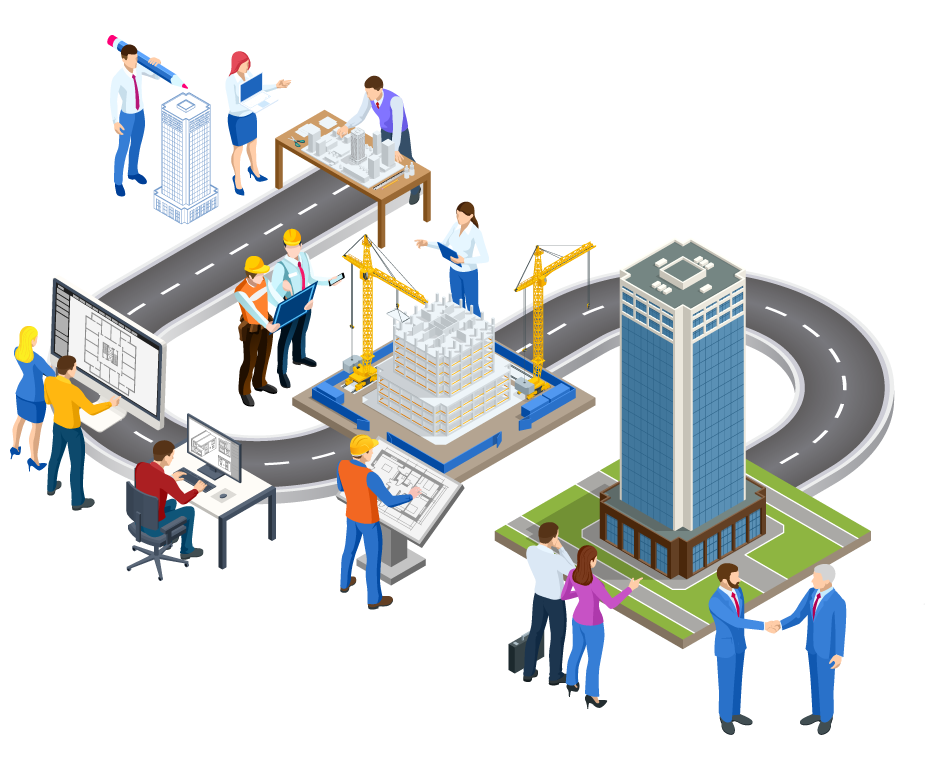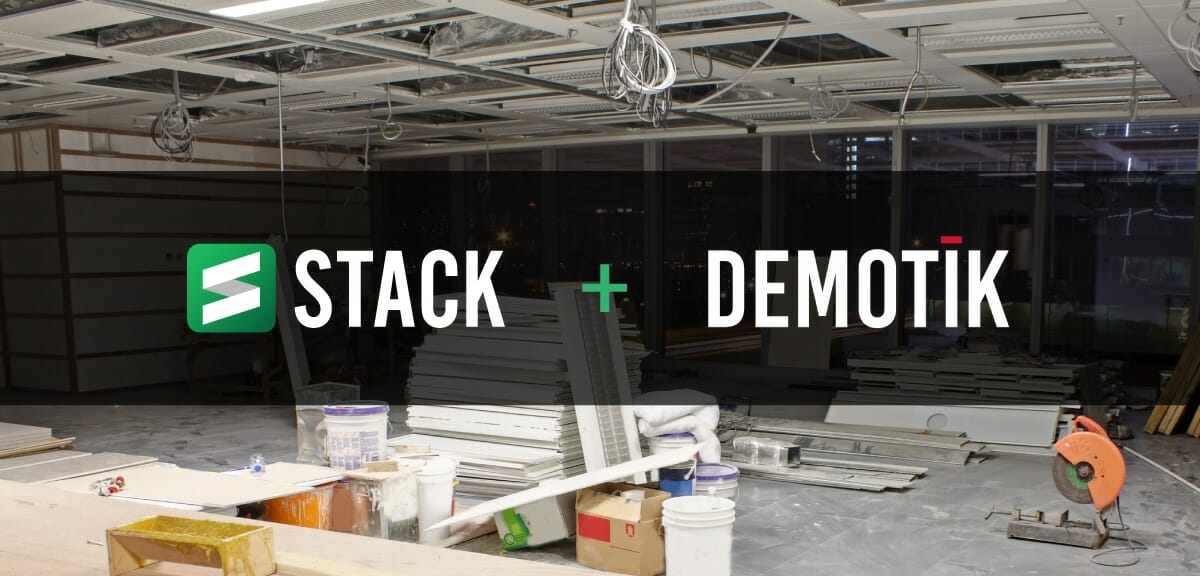
The construction industry faces numerous challenges and risks due to its complex, high-stakes nature. Understanding these risks and developing strategies to mitigate them is essential for the long-term success and sustainability of the business. We’ll explore some of the current top risks in the construction industry and discuss strategies for mitigating them effectively.
1. Financial Risk
Construction projects involve large sums of money and significant upfront costs. In a survey from Construction Dive, 84% of contractors reported higher-than-anticipated costs. Delays in payment and unexpected expenses can lead to cash flow issues and have you scrambling to start your next project.
According to a 2024 report by Billd, subcontractors wait an average of 57 days to get paid, all while fronting materials and labor from the day the project begins. Traditional bank loans for fronting funds can leave contractors in the lurch with long repayment cycles. Without cash reserves to fund bigger projects, you’re unable to scale your business.
2. Project Management Risk
Poor project management can lead to delays, cost overruns, and disputes with clients or GCs. At its core, project management relies on data organization and scheduling, but if you’re working with manual methods or on-premise software your data is all over the place. One of the biggest risks a subcontractor can face is future litigation from the GC or owner. If you have no access to any project documents because that data was owned by the GC, what happens three months after a project’s completion and there is a problem?
Bid Faster. Win More. Build Smarter.
Get your FREE account today to:
- Increase Team Efficiency
- Complete Estimates Faster
- Generate More Revenue

3. Labor and Workforce Risk
Finding and retaining skilled labor is a major challenge in the construction industry. According to the Associated Builders and Contractors, in 2024 the industry needs to attract over 500,000 workers on top of the normal pace of hiring. Skilled workers are in high demand, yet the supply simply cannot keep up. This shortage poses a significant threat to project timelines, budgets, and your company’s ability to scale. FMI’s 2024 Quarterly Report stated contractors lost approximately $30 billion to $40 billion to labor inefficiencies in 2022. If you’re not combatting the workforce shortage by using construction technology to do more with less, how will you continue to grow, or worse, stay afloat where you are today?
4. Safety and Liability Risk
Construction sites can be hazardous, and accidents can result in injuries, property damage, or legal claims. Construction is ranked number one in fatal work injuries. OSHA’s ‘Fatal Four’ Hazards – falls, electrical exposure, struck-by and caught-in/between situations – are truly concerning, but more importantly avoidable.
5. Contractual Risk
Errors and/or omissions in a contract is the number one cause of construction disputes, according to the 2023 report by Arcadis. Poorly written contracts or disputes over contract terms can lead to costly litigation and project delays. The Arcadis report states the average value of construction disputes in 2022 was $42.8M! Without a defined and concise scope of work, there is no way to reference project goals, assigned responsibilities, and technical details. The potential for delays and rework will soar, as will the risk of litigation and disputes.
Four Solutions to Strategize on Avoiding Risk
1. Organization-Wide Risk Management Strategy
Implementing a comprehensive risk management strategy throughout the organization can help identify and address potential risks early on. This includes establishing clear risk management policies, procedures, and responsibilities.
Conduct regular risk assessments and create a risk register to track identified risks. Develop contingency plans and establish a risk-aware culture by training employees and promoting open communication about risks – in the office and on the jobsite.
On the project management end of business, by owning your data from the onset of a project no matter what platform a GC requires you to use, you are protecting your business, mitigating risk, and avoiding potential legal fees.
2. Better Contracts and Payment Terms
Seek out financial partners with construction-specific programs that let you pay for materials upfront and have cash on hand for other expenses. You can eliminate money worries with the STACK + Billd integration. You’ll increase bid volume and secure working capital, strengthen supplier relationships, and take the guesswork out with accurate estimates and predictable AR. The 2024 Billd Report showed subcontractors who accounted for the cost of working capital in their bids see 11% larger profit margins versus those who did not.
Clear and fair contracts, as well as well-defined payment terms, can help prevent disputes and financial issues during a project. Ensure contracts clearly outline the scope of work, responsibilities, and timelines. Include provisions for dispute resolution, change orders, and payment schedules. Consider using standard contract templates such as those provided by industry associations.
3. Say No to Unprofitable Projects
Taking on overly risky projects can jeopardize your company’s financial stability. Economic downturns, changes in market demand, or shifts in industry trends can impact the profitability of your projects. With construction firms only seeing a profit margin of 2.8%, the opportunity to win revenue is already slim. Making sure to avoid taking on risky projects must be at the core of your project evaluation process. Establish criteria for evaluating, such as profit margins, risk levels, and strategic alignment with the company’s goals.
Understanding what works and what doesn’t provides valuable insights for improvement. This data-driven approach allows you to identify areas of strength and weakness, facilitating a targeted strategy for risk management. Using a solution like STACK gives you real-time total project visibility with dashboard analytics to ensure accurate estimates by summarizing project by square foot, projected profit, and project details. Knowing when to say no may be the most valuable future-proofing you can do for your company.
4. Focus on Data Standardization
Data standardization streamlines processes and workflows throughout the project lifecycle, leading to increased efficiency and productivity. Standardized data formats enable automation and integration of software systems, reducing manual data entry and repetitive tasks. The use of advanced data management practices can improve labor productivity by up to 15%, deliver projects up to 30% faster, and reduce rework by up to 25% (McKinsey & Company).
Data standardization is also the most important consideration when adopting an AI solution to improve your preconstruction processes. You need to feed the deep algorithms with organized and reliable data to get the hyper accuracy you’re looking for in estimates. And with all that data, you need a process to access information that is quick and efficient.
By proactively managing these risks and employing effective mitigation strategies, contractors can enhance their chances of success and reduce the likelihood of costly disruptions. A comprehensive approach to risk management is crucial for navigating the complexities of the construction industry.








